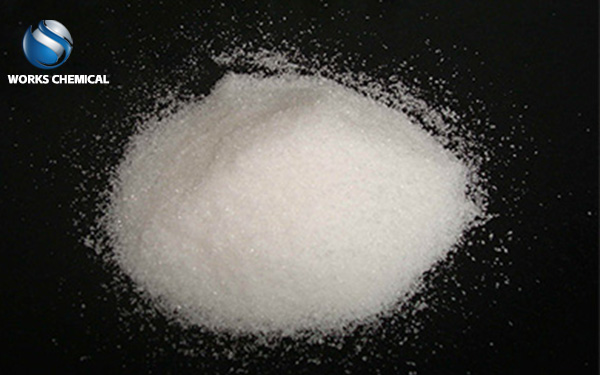
Sludge synergists can indeed make sludge dewatering more efficient, which is mainly reflected in the following aspects:

1. Mechanism of action of sludge synergists
Sludge enhancers usually contain a variety of complex ingredients, such as inorganic compounds, sludge surface structure modifier, degreaser, wall breaking agent, sludge surface treatment agent, sludge stripping agent, etc. These components work together to change the surface structure and properties of the sludge to achieve a better dewatering effect. The specific action mechanism includes:
Change the surface structure of the sludge: the sludge synergist can destroy the colloidal structure and bacterial structure in the sludge, reduce the surface load and specific surface area of the sludge solid, and make the sludge particles easier to separate and dehydrate.
Improve the sludge dewatering performance: Through the chemical conditioning, the sludge synergist can enhance the interaction between the sludge particles, improve the cohesion and settling performance of the sludge, thus accelerating the sludge dewatering process.
2. Application effect of sludge synergist
Reduce moisture content: After the use of sludge enhancer, the moisture content of sludge can be significantly reduced. Depending on the specific use and the nature of the sludge, the moisture content can be reduced to 35% to 60%.
Improve dewatering efficiency: sludge synergists can accelerate the sludge dewatering process and improve the production efficiency of dewatering equipment. For example, when used with a plate and frame filter press, the mud press efficiency can be increased by 100% to 500%, and the mud press cycle can be significantly reduced.
Reduce the frequency of filter cloth replacement: Because the sludge enhancer can improve the dewatering performance of the sludge, reduce the residue and blockage on the filter cloth, thus extending the service life of the filter cloth and reducing the frequency of replacement.
Reduce treatment costs: Although the addition of sludge improver will increase a certain cost, but because it can significantly improve the dehydration efficiency, reduce the moisture content and reduce the frequency of filter cloth replacement, so from the overall point of view, the total cost of sludge treatment can be reduced.
Selection and use of sludge synergists
Selection principle: In the selection of sludge synergist, should be based on the nature of the sludge, treatment requirements and economic costs and other factors for comprehensive consideration.
Method of use: The amount of sludge synergist should be determined according to the specific situation and treatment requirements of the sludge. In general, the optimal amount of addition can be determined through trial and practical experience. In the process of use, attention should be paid to mixing evenly to ensure that the sludge synergist can fully play its role.
Four, precautions
Avoid overuse: While sludge enhancers can significantly improve dewatering efficiency, overuse can lead to increased treatment costs or adverse environmental impacts. Therefore, the amount of addition should be strictly controlled during use.
Regular monitoring: After the use of sludge enhancer, the water content of sludge, dehydration efficiency and other indicators should be regularly monitored and evaluated to ensure that its effect is in line with expectations.
Safe operation: In the process of use, the relevant safe operation procedures should be observed to ensure the safety and health of the operator.
In summary, by changing the surface structure and properties of the sludge, the sludge synergist can significantly improve the dewatering efficiency of the sludge, reduce the moisture content and reduce the filter cloth replacement frequency. When selecting and using the sludge synergist, it should be comprehensively considered and evaluated according to the actual situation to ensure its effect and safety.